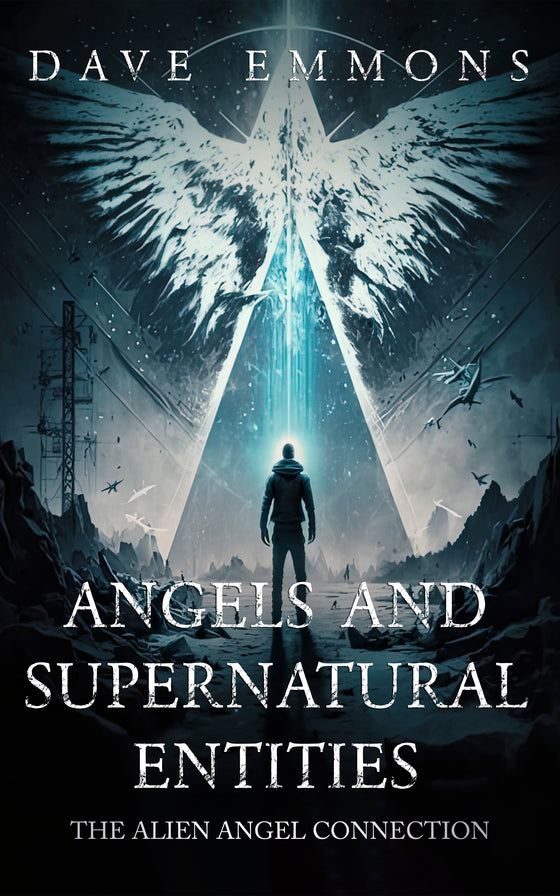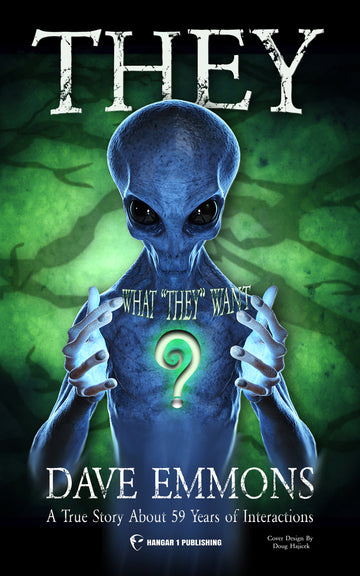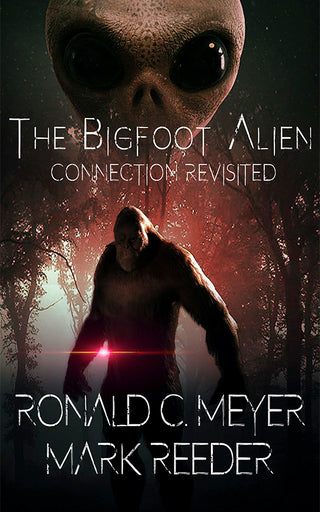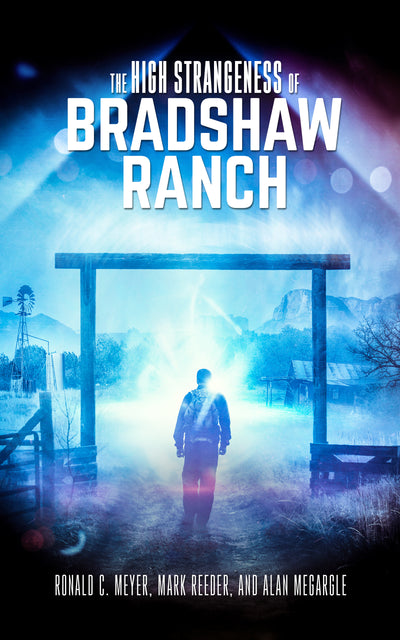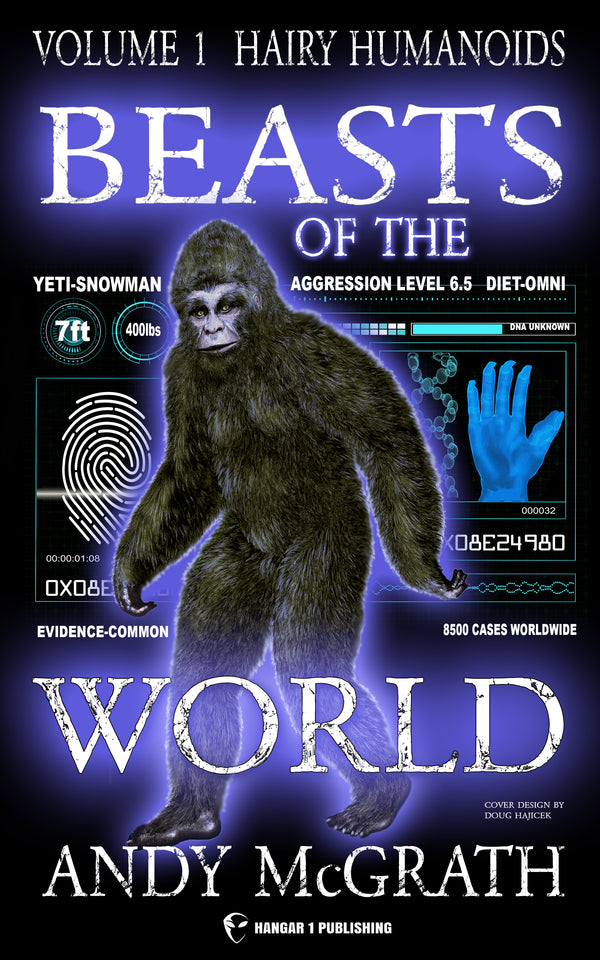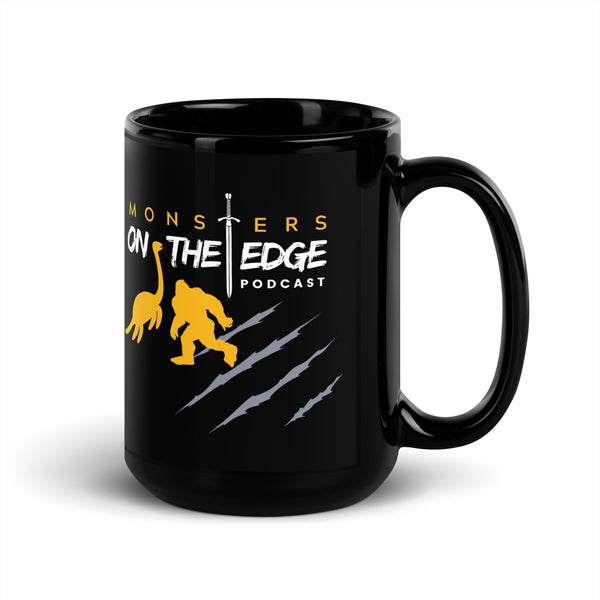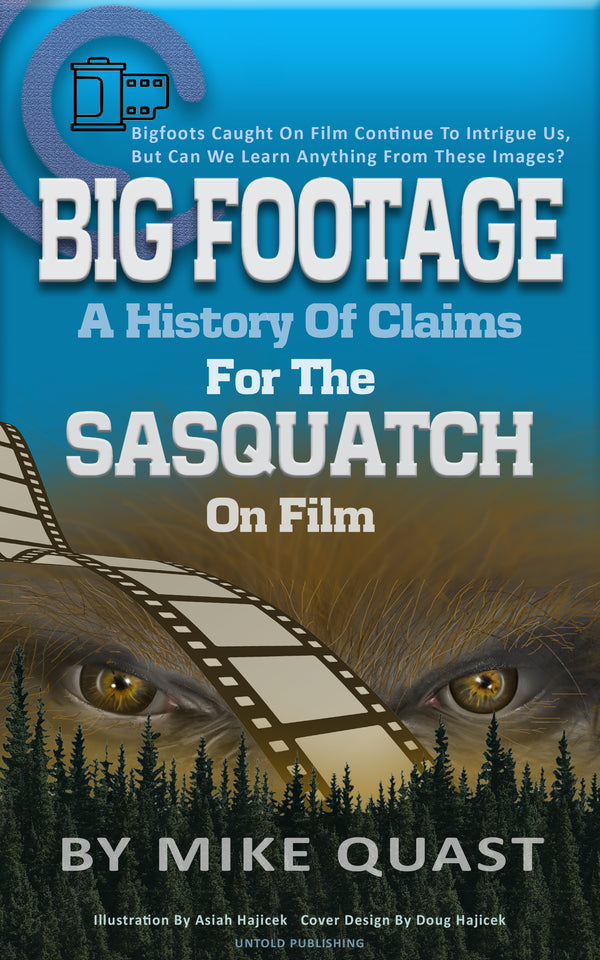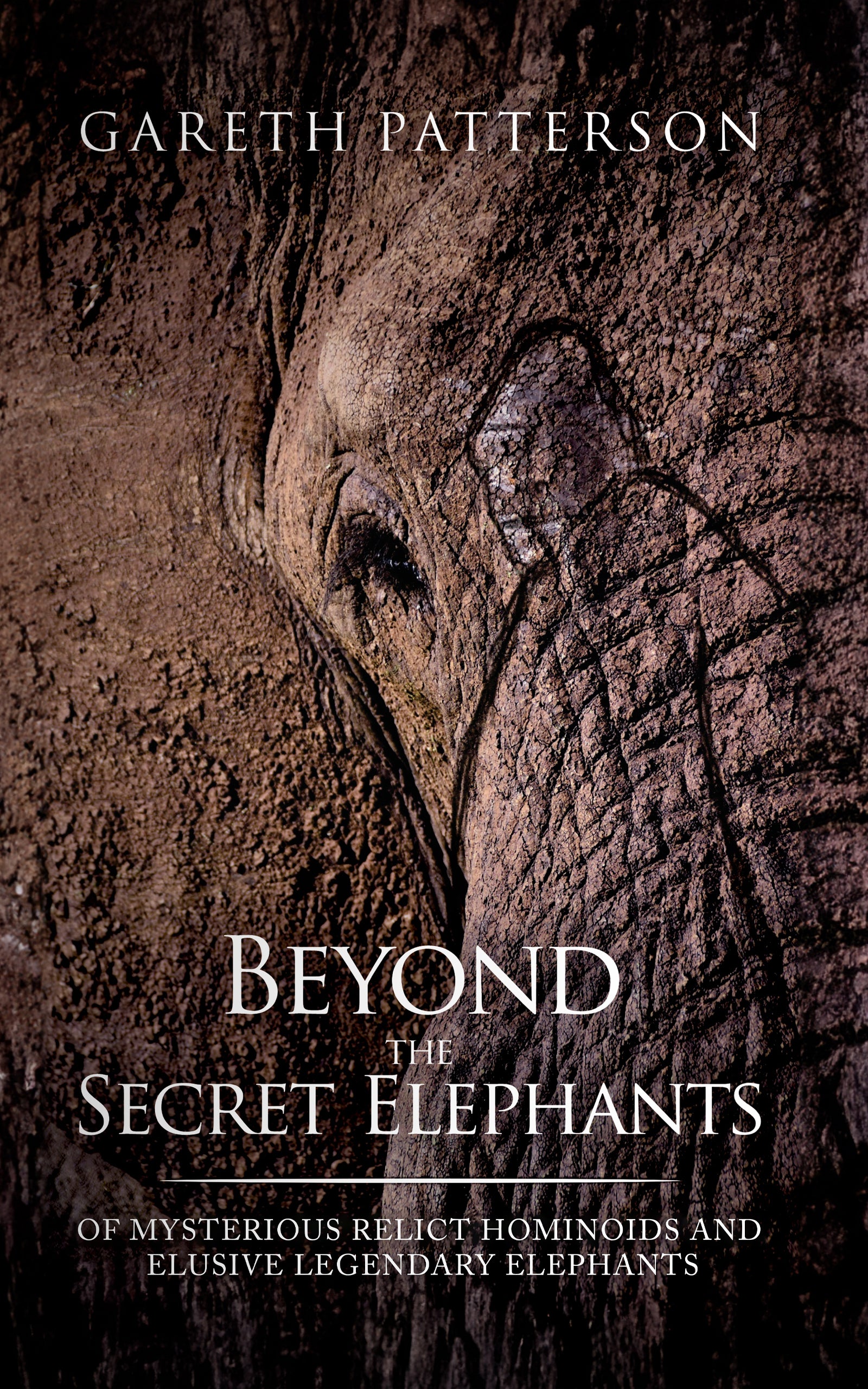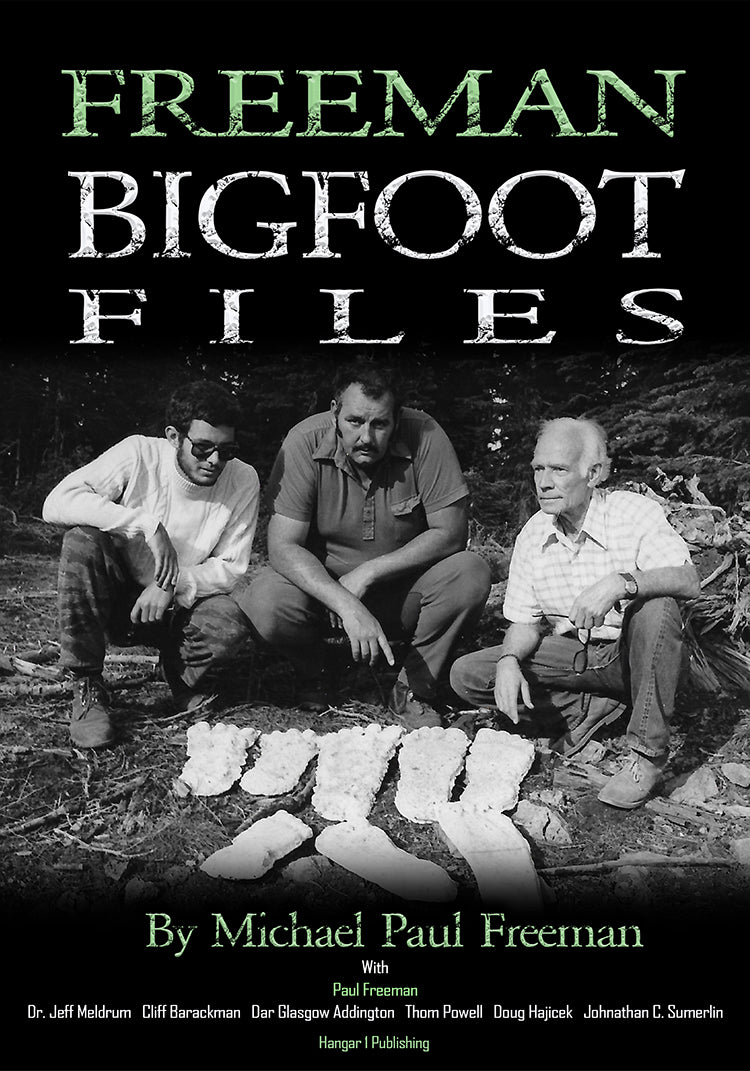Inside UFO Watchers' Communities: How Contact Seekers Are Building a Global Research Network

By Gabriel Chen, Ufologist
I've spent two decades studying how humans make sense of encounters with the unknown. From shamanic traditions in the Amazon to modern experiencer communities in suburban America, one pattern emerges: we interpret contact through whatever lens our culture provides. Today, that lens is shifting from ridicule to rigorous investigation.
The landscape of UFO investigation isn't what it was even five years ago. What started as scattered believers swapping stories at conventions has morphed into something far more organized-and far more interesting from a cultural standpoint.
When Government Says "Look Up," Millions Do
Something remarkable happened after 2021. The Office of the Director of National Intelligence confirmed that reduced stigma was driving increased UAP reporting. Not speculation. Not maybe. They stated it outright in their annual report.
The numbers tell the story. The r/UFOs subreddit gained over 228,000 new members in September 2023 alone, reaching 4 million total subscribers. That's not organic growth. That's a cultural tipping point.
What fascinates me is the pattern: each government disclosure creates what I call an "attention wave." Whistleblower testimonies at congressional hearings send ripples through online communities, filling forums with newcomers who suddenly feel permission to share their own experiences. It's collective validation happening in real-time.
The Ecosystem Isn't What You Think
Calling it a "community" undersells the complexity. What we're looking at is better understood as an ecosystem with distinct niches, each serving different functions.
Take MUFON, the Mutual UFO Network. Founded in 1969, it's grown into the world's largest civilian UFO investigation organization with over 4,000 members. Their approach is systematic: prospective Field Investigators must pass an exam based on a 265-page manual and undergo background checks. That's university-level rigor for volunteer investigators.
Compare that to online forums like r/UFOs, where anyone can post smartphone footage and speculation runs wild. Both serve purposes. Both create problems.
The Data Collectors
Then there's NUFORC-the National UFO Reporting Center. Since 1974, they've processed over 180,000 reports. Their founder, Robert J. Gribble, established something rare: a reporting system that guarantees witness anonymity while maintaining data integrity.
What makes NUFORC special isn't just volume. It's that their dataset has become the only archive large enough for serious statistical analysis. Researchers can track patterns across decades, correlate sightings with weather data from NOAA, and identify clusters that demand explanation.
The Scientists Join the Hunt
The Scientific Coalition for UAP Studies (SCU) represents something new: over 350 credentialed scientists and professionals applying peer-review standards to UAP analysis. We're talking about 120+ PhDs across astrophysics, engineering, and related fields.
Their work on the 2004 Nimitz encounters exemplifies their methodology: forensic analysis of radar data, video evidence, and pilot testimony, all documented transparently and made available through the Zenodo repository.
Meanwhile, Harvard's Galileo Project is building dedicated sensor networks to conduct systematic sky surveys. Their stated goal? Search for extraterrestrial artifacts using scientific methods, not anecdotes.
The Trust Problem Nobody Talks About
Here's where it gets messy. A two-tier system has emerged, and it's creating friction.
On one side, you have organizations with robust protocols. MUFON's Field Investigators follow standardized procedures, document evidence chains, and undergo training that rivals many professional investigators. The Center for UFO Studies maintains UFOCAT, one of the world's largest electronic UFO databases with vetted entries.
On the other side, viral misinformation spreads through platforms where moderation can't keep pace with volume. The "Las Vegas aliens" hoax gained more traction than some congressional hearings, overshadowing genuine policy discussions.
This creates what I call a "credibility penalty." Serious researchers find their work lumped with sensationalized content, making it harder to secure funding or academic partnerships. The solution? Some groups now require pre-registration of studies and transparent methodologies before publication.
Your Smartphone Is Now a Research Tool
Technology is democratizing sky observation in ways that would have seemed impossible a decade ago. The Global Meteor Network proved you could build a complete all-sky camera station for around $200 using a Raspberry Pi and achieve science-grade data quality.
Projects like Sky360 are taking this further: open-source hardware and software for 24/7 sky observation with AI-powered object tracking. Their development approach emphasizes affordability and community collaboration.
UAPx takes a different angle, deploying portable sensor suites that include optical cameras, infrared sensors, and radiation detectors. Their 2021 expedition to Catalina Island demonstrated how coordinated multi-sensor observation can capture data that single observers miss.
The UFODAP system developed by Ron Olch uses machine vision algorithms to automatically track moving targets, freeing investigators from hours of manual sky-watching. It's been deployed by multiple research teams and represents a leap forward in automated detection.
The OSINT Playbook
Modern investigators don't just watch the sky. They cross-reference multiple data sources. A standard workflow now includes checking ADS-B Exchange for aircraft positions, using FlightRadar24 to rule out commercial flights, and consulting Stellarium to identify planets and satellites.
Even maritime tracking via AIS data plays a role, helping investigators eliminate ship lights or flares as explanations. It's forensic-level analysis, crowd-sourced.
The Economics Complicate Everything
Money shapes narratives. Always has, always will.
Major conferences like Contact in the Desert and the International UFO Congress draw thousands of attendees paying $99 to $300+ for access. These events serve real purposes-knowledge exchange, networking, collaboration-but they also create incentive structures.
Then there's the experiential market. Dr. Steven Greer's CE5 expeditions charge $2,500 to $3,500 for week-long contact experiences. Patreon creators like That UFO Podcast build subscriber bases with exclusive content and ad-free episodes.
The attention economy rewards engagement, not necessarily accuracy. Viral videos generate ad revenue. Sensational claims attract Patreon subscribers. This doesn't mean everyone's compromised, but the incentives exist.
Non-profits like SCU and UAPx operate as 501(c)(3) organizations, relying on donations and maintaining financial transparency. That model better insulates research from commercial pressures.
Legal Realities You Can't Ignore
Want to fly a drone to investigate? You'll need to pass The Recreational UAS Safety Test (TRUST) and follow 49 U.S. Code § 44809. Flying at night requires anti-collision lighting visible for 3 statute miles.
As of September 2023, most drones must broadcast Remote ID information unless flown in designated areas. Check Advisory Circular 91-57C for complete recreational flying guidelines.
Laser pointers? Aiming one at aircraft is a federal crime under 18 U.S. Code § 39A. The FAA can impose civil penalties up to $32,646 per violation. Report laser strikes to authorities, don't commit them.
For reporting UAP sightings to government agencies, the FAA directs the public to local law enforcement or civilian organizations like NUFORC.
Privacy Isn't Optional
Witness protection remains paramount. NUFORC's reporting form guarantees anonymity, keeping contact information confidential unless witnesses explicitly permit release. MUFON's Case Management System makes basic sighting data public but redacts personal identifiers.
NARCAP offers confidential reporting options for pilots and aviation professionals. For commercial pilots, the Aviation Safety Reporting System provides anonymous channels without fear of professional repercussions.
Privacy policies need to be explicit on submission forms. Digital evidence handling should follow forensic standards from the Scientific Working Group on Digital Evidence, including chain-of-custody documentation and hash verification.
Where Data Fails
The 2024 AARO Historical Report delivered a harsh verdict: most civilian reports lack "actionable data." Without standardized collection methods, rigorous chain of custody, and consistent metadata, even massive datasets remain difficult for official analysis.
NASA's 2023 independent study echoed this, noting "no standardized Federal system for civilian UAP reports." The governance gap isn't philosophical. It's practical and solvable.
What's needed? A lightweight metadata standard that community groups can adopt without expensive infrastructure. Think of how NUFORC participated in AARO-sponsored workshops-that's the kind of collaboration that moves things forward.
The Coalition for Content Provenance and Authenticity (C2PA) standard offers one solution: embedding verifiable "digital birth certificates" into photos and videos at capture. It's not perfect, but it's a start.
The Experiencer Question
I need to address the elephant in the room. Experiencer communities exist within this ecosystem, and they deserve respect, not ridicule.
MUFON's Experiencer Resource Team provides support for people claiming direct contact experiences. A 2003 demographic study found this population mirrors other New Religious Movements in composition.
CSETI and similar groups organize contact protocols. Whether you believe in their efficacy or not, the cultural impact is undeniable. These communities provide meaning, social support, and interpretive frameworks for experiences that mainstream psychology often dismisses or pathologizes.
What Comes Next
The next five years will be transformative. AI edge detection using platforms like Sky360 will enable real-time anomaly detection across distributed sensor networks. Commercial smallsat providers could be tasked to corroborate ground observations with satellite imagery.
Software-Defined Radio arrays like KrakenSDR make passive RF detection accessible for under $600. Imagine sensor nodes that capture optical, infrared, and radio signatures simultaneously. That's not science fiction. That's current development.
Blockchain-based provenance systems could create tamper-proof evidence archives. The Galileo Project's commitment to making all calibrated data publicly available sets a standard others should follow.
Academic analysis of community datasets is increasing. More researchers are recognizing these archives as legitimate resources, not fringe curiosities.
The Conferences That Matter
Want to understand where the field is heading? Follow the conferences. The 2024 MUFON International Symposium themed "The Battle for UFO Transparency" reflected the community's shift toward advocacy.
Contact in the Desert brings together dozens of expert speakers and draws thousands to the California desert annually. Sponsorships and exhibitor booths generate revenue that funds future programming.
These aren't just talk-fests. They're where collaborations form, where researchers with personal experiences share data with skeptics, where policy discussions happen alongside scientific presentations.
The Skeptics Serve a Purpose
Metabunk deserves mention. Their community focuses on identifying and debunking false claims using rigorous OSINT tools and scientific principles. They've provided realistic explanations for viral videos that turned out to be atmospheric phenomena or camera artifacts.
Skepticism isn't the enemy of UFO research. It's quality control. The best investigators welcome debunking attempts because eliminating prosaic explanations strengthens remaining cases.
Government Disclosure Milestones
The timeline matters. April 2019: Navy drafts UAP reporting guidelines. June 2021: ODNI releases preliminary assessment on 144 unexplained encounters. May 2022: First open congressional hearing in over 50 years.
July 2023: House Oversight hearing with whistleblower David Grusch created another attention wave, mentioned by disclosure advocates as a watershed moment.
Each official action validates the topic further, bringing more people into the fold and creating windows for community fundraising and membership drives.
Academic Interest Grows
A study on faculty perceptions of UAP showed increasing openness among academics. Dissertations on conspiracy theories now routinely include UFO communities as case studies. Anthropological analyses treat experiencer narratives seriously rather than dismissively.
The shift from fringe to mainstream academic interest isn't complete, but it's underway. Universities that once wouldn't touch the topic now have researchers quietly examining community dynamics and data collection methods.
Who Actually Participates
Demographics remain murky, but some research suggests gender differences in public engagement with UAP topics. MUFON explicitly commits to inclusivity across gender, race, and background.
The community isn't monolithic. It includes everyone from independent AI researchers to credentialed mental health professionals to software developers building detection systems.
What unites them? A conviction that something significant is occurring, paired with frustration at official opacity.
The Archive Builders
Don't overlook the FOIA specialists and archivists. The Black Vault has accumulated thousands of declassified government documents through Freedom of Information Act requests. Records pertaining to UAP that might otherwise remain buried are now searchable online.
This archival work provides researchers with primary source material, allowing historical analysis of how government attitudes evolved over decades.
Regional Variations
Community structures vary globally. MUFON Canada operates as a non-profit relying on civilian volunteers. The organizational model adapts to local legal and cultural contexts while maintaining core investigative standards.
The UAP Caucus coordinates advocacy efforts across borders, pushing for transparency policies that transcend national boundaries.
Technology Accessibility Creates Opportunity
Remember when meteor cameras required professional equipment? The Global Meteor Network changed that. Their open-source methodology achieves limiting stellar magnitude of +6.0 using consumer hardware.
UAPx's expedition methodology ensures data quality through rigorous calibration and chain-of-custody protocols. Their multi-sensor approach captures phenomena across multiple spectra simultaneously.
Analysis of military encounters like the 2004 Nimitz event demonstrates what's possible when quality data exists. The challenge is replicating that quality in civilian contexts.
The Investigation Manual
MUFON's Oregon Field Investigators Manual reveals the depth of training required. Investigators learn methods from crime scene investigation, accident investigation, and field geology. Every encounter takes place in a specific environment that must be documented.
Investigation protocols detail minimum requirements: standardized forms, site visits when possible, witness interviews, and photo documentation. The training manual's table of contents shows subjects ranging from atmospheric physics to human psychology.
How UAP investigators actually work involves more OSINT analysis than most realize. Visual documentation using day and night optics is just the starting point.
Leadership and Governance
MUFON's board structure and director oversight provide organizational stability. State director handbooks codify responsibilities and operational procedures.
The development of the Case Management System revolutionized how reports are handled, moving from paper files to a searchable database accessible to investigators globally.
MUFON's willingness to assist intelligence committees demonstrates how civilian organizations position themselves as potential government partners rather than adversaries.
Historical Context Matters
MUFON's founding on May 31, 1969, positioned it as part of a longer tradition of civilian UFO investigation that predates it. The Center for UFO Studies, founded by Dr. J. Allen Hynek, established methodologies that influenced later organizations.
The very concept of "UFO" has evolved from the terminology of the 1950s to today's "UAP" (Unidentified Aerial Phenomena), reflecting a shift toward more neutral, scientific framing.
Media Coverage Shapes Perception
New York Times coverage of Pentagon UFO programs legitimized topics that mainstream outlets previously ignored. Network coverage of historical sightings contextualizes current events within longer patterns.
CNN's documentary series "UFOs: Investigating the Unknown" brought polished production values to a subject often relegated to late-night cable channels.
The Database Revolution
MUFON's Case Management System contains over 145,000 cases, representing decades of reported encounters. NUFORC started with a hotline in 1974 and evolved into a comprehensive online reporting system.
The UFOCAT database maintained by CUFOS represents one of the largest electronic collections of UFO cases worldwide. These archives enable longitudinal studies impossible with smaller datasets.
The Online Discussion Dynamic
Reddit's moderation challenges illustrate tensions between open discussion and quality control. Community guidelines attempt to balance accessibility with standards.
AboveTopSecret has decades of archived discussions, though its conspiracy theory focus sometimes overshadows factual analysis.
X communities like the 28,900-member Alien UFO Sightings Community provide real-time discussion but face the platform's inherent brevity constraints.
Aviation Safety Takes Priority
NARCAP focuses specifically on aviation safety-related UAP incidents, collecting confidential reports from pilots. Their advocacy for better reporting mechanisms recognizes that unidentified objects in controlled airspace pose genuine safety concerns regardless of their origin.
Scientific Publication Increases
SCU's analysis of UAP activity patterns represents the kind of peer-reviewed work gaining traction. Multimodal observatory methodology papers detail instrumentation and analysis techniques.
Overview papers on the Galileo Project appear in established journals. Wikipedia coverage of academic UAP research reflects growing mainstream acceptance.
Conference proceedings from UAP research expeditions demonstrate how community work intersects with formal academic channels. ArXiv preprints allow rapid sharing of preliminary findings before formal publication.
The Hardware Evolution
Sky Hub's development showed the potential of networked sensor systems before it disbanded in August 2021 and was succeeded by Sky360's international effort.
BOB: The Universal Object Tracker represents the kind of development team collaboration happening across multiple communities.
Open-source development enables rapid iteration and community contribution. Papers on multistatic radar measurements explore how existing infrastructure might be repurposed for UAP detection.
Academic Methodology Papers
Ground-based observatory design papers detail the instrumentation requirements for systematic sky surveillance. The Galileo Project's publication list grows steadily, establishing methodological benchmarks.
Avi Loeb's Medium posts provide accessible explanations of complex research programs, bridging academic and public audiences.
Classification Systems
Observatory system classifications distinguish between mobile and fixed installations, continuous monitoring versus targeted observation. Papers linking UFO reports to atmospheric phenomena help parse signal from noise.
Environmental analyses of sighting patterns reveal clustering around airports, military installations, and bodies of water. Sky view potential studies account for observer bias based on geographic features.
Community Cross-Pollination
SCU's Instagram presence shares research updates with visual content. YouTube interviews with SCU members who've had personal experiences bridge experiencer and researcher communities.
LinkedIn networks connect professionals across disciplines who share UAP research interests. Cluster analyses of USO sightings demonstrate how interdisciplinary expertise enhances research.
Case Documentation Standards
Interview protocols detail how investigators contact witnesses and document encounters. Critics highlight areas where organizations can improve transparency and accountability.
Individual sighting reports like NUFORC case 189551 show the level of detail collected: date, time, location, duration, witness count, and detailed descriptions.
Bridging Science and Experience
From my anthropological perspective, what we're witnessing is the emergence of a new form of participatory science. Communities traditionally dismissed as fringe are adopting methodologies that rival professional research in some domains.
The tension between experiencer testimony and empirical data collection isn't a bug. It's a feature of a field grappling with phenomena that resist easy categorization. Both approaches offer insights. Both have limitations.
What makes this moment unique is the convergence: government transparency increasing, technology costs plummeting, academic interest growing, and community organization maturing. These trends aren't happening in isolation. They're reinforcing each other.
The UFO watchers' communities I've studied globally share something profound: they're attempting to answer questions that matter deeply to human identity and our place in the cosmos. Whether the phenomena they investigate prove extraterrestrial, interdimensional, or entirely mundane, the cultural movement they've built deserves serious attention.
We're watching the professionalization of a belief system in real-time, complete with institutional structures, methodological debates, and competing paradigms. That's anthropologically fascinating regardless of what's actually flying around up there.
From Bigfoot to UFOs: Hangar 1 Publishing Has You Covered!
Explore Untold Stories: Venture into the world of UFOs, cryptids, Bigfoot, and beyond. Every story is a journey into the extraordinary.
Immersive Book Technology: Experience real videos, sights, and sounds within our books. Its not just reading; its an adventure.








